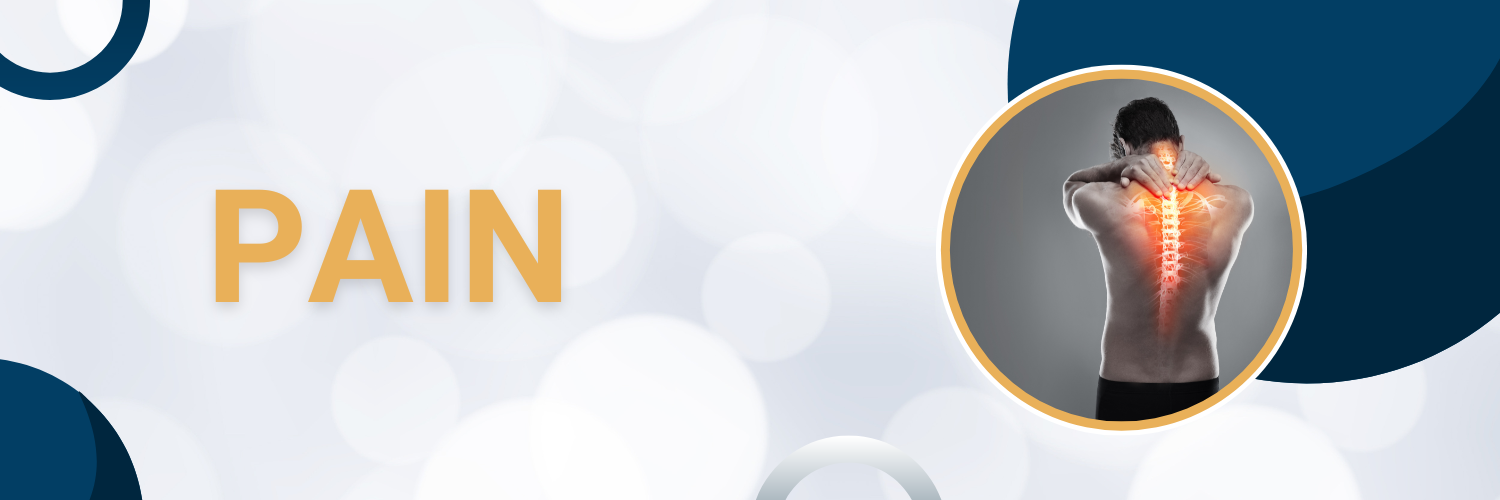

Knee Pain
Understanding Knee Pain: Causes, Symptoms, and Treatment
Introduction
Knee pain is a prevalent issue that can significantly impact one’s quality of life. Whether it’s due to injury, overuse, or a chronic condition like arthritis, understanding the causes and treatment options is crucial for managing this discomfort effectively.
Causes of Knee Pain
1. Injury: Traumatic injuries such as ligament tears (ACL, MCL), meniscus tears, fractures, dislocations, and tendon injuries can cause acute knee pain.
2. Overuse: Repeated stress on the knee joint from activities like running, jumping, or repetitive bending can lead to overuse injuries, including tendonitis and bursitis.
3. Arthritis: Osteoarthritis, rheumatoid arthritis, and other types of arthritis can cause chronic knee pain due to inflammation, cartilage degeneration, and joint damage.
4. Other Conditions: Various medical conditions such as gout, infections, patellar tendinitis, and iliotibial band syndrome can also contribute to knee pain.
Symptoms of Knee Pain
1. Pain: Pain intensity and location can vary depending on the underlying cause. It may be sharp, dull, localized, or diffuse.
2. Swelling: Inflammation around the knee joint may result in visible swelling or stiffness.
3. Limited Range of Motion: Difficulty bending, straightening, or bearing weight on the affected knee.
4. Instability: Feeling of the knee “giving way” or instability, particularly after an injury.
5. Grinding Sensation: Crepitus or a grating sensation during movement, often associated with arthritis.
Treatment Options
1. Rest and Ice: Initial treatment often involves rest, ice packs, and elevation to reduce pain and inflammation.
2. Pain Management: Over-the-counter pain relievers such as ibuprofen or acetaminophen can help alleviate discomfort. Prescription medications or injections may be necessary for severe pain.
3. Physical Therapy: Strengthening exercises, stretching, and targeted rehabilitation can improve knee strength, flexibility, and stability.
4. Bracing and Support: Knee braces or supports may provide additional stability and reduce stress on the joint during physical activity.
5. Injections: Corticosteroid injections or viscosupplementation injections (hyaluronic acid) can offer temporary relief for arthritis-related knee pain.
6. Surgery: In cases of severe injury or advanced arthritis, surgical options such as arthroscopy, knee replacement, or ligament reconstruction may be necessary.
Prevention Tips
1. Maintain a Healthy Weight: Excess weight puts added stress on the knees. Maintaining a healthy weight can reduce the risk of knee pain and arthritis.
2. Proper Footwear: Wear supportive shoes appropriate for your activity level to provide cushioning and stability for your knees.
3. Warm-Up and Stretch: Always warm up before exercise and incorporate stretching exercises to improve flexibility and reduce the risk of injury.
4. Cross-Train: Alternate between different types of activities to avoid overuse injuries and improve overall fitness.
5. Use Proper Technique: Whether it’s running, lifting weights, or playing sports, using correct form and technique can prevent knee injuries.
When to Seek Medical Attention
While minor knee pain may improve with self-care, it’s essential to consult a healthcare professional if you experience:
– Severe pain or swelling
– Inability to bear weight on the knee
– Signs of infection (redness, warmth, fever)
– Persistent pain or limited mobility despite rest and treatment
Conclusion
Knee pain is a common issue with various potential causes, ranging from injuries to chronic conditions like arthritis. By understanding the underlying factors, symptoms, and treatment options, individuals can effectively manage knee pain and improve their overall quality of life.

